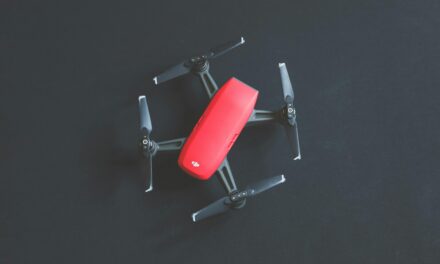Ukrainian President Volodymyr Zelenskyy says the United States has redirected 20,000 anti-drone missiles that had been allocated to Ukraine to the Middle East, a shift he argues weakens Kyiv’s defenses at a moment when Russia is leaning heavily on Iranian-made Shahed drones. He characterizes the systems as part of a previously agreed project developed during the Biden administration in coordination with then–Defense Secretary Lloyd Austin, noting that while the munitions were not expensive, they rely on specialized technology tailored to intercept Shaheds. Zelenskyy stresses that Ukraine had planned around this delivery, describing it as a concrete capability that would have helped blunt nightly drone swarms. The announcement comes amid a surge in air attacks: on June 6, Russian forces launched what Ukrainian officials called the largest aerial assault of the war, firing 452 aerial weapons across every region, including nearly 400 Shaheds. Despite high interception rates, strikes still hit 13 locations, killing four civilians and injuring about 30. Against this backdrop, Zelenskyy renews his call for sustained U.S. support, warning that a halt would lead to markedly higher casualties, and underscores the continuing need for Patriot air-defense missiles to protect cities and critical infrastructure. While acknowledging the setback, he says Ukraine will keep strengthening its counter-drone network and pressing for coordinated Western pressure on Russia. The episode highlights the fragility of wartime supply lines and the strategic tradeoffs facing allies who are balancing multiple crises; for Ukraine, the loss of 20,000 specialized interceptors is not just a numbers problem but a time-sensitive gap in a defense ecosystem designed around layering radars, mobile teams, and ground-based intercepts to neutralize Shahed barrages. Zelenskyy frames the redirection as a reminder that Ukraine’s air-defense picture—and the survival of civilians beneath it—depends on predictable deliveries of niche systems as much as on high-end platforms.
Zelenskyy: U.S. redirected 20,000 anti-drone missiles to Mideast












